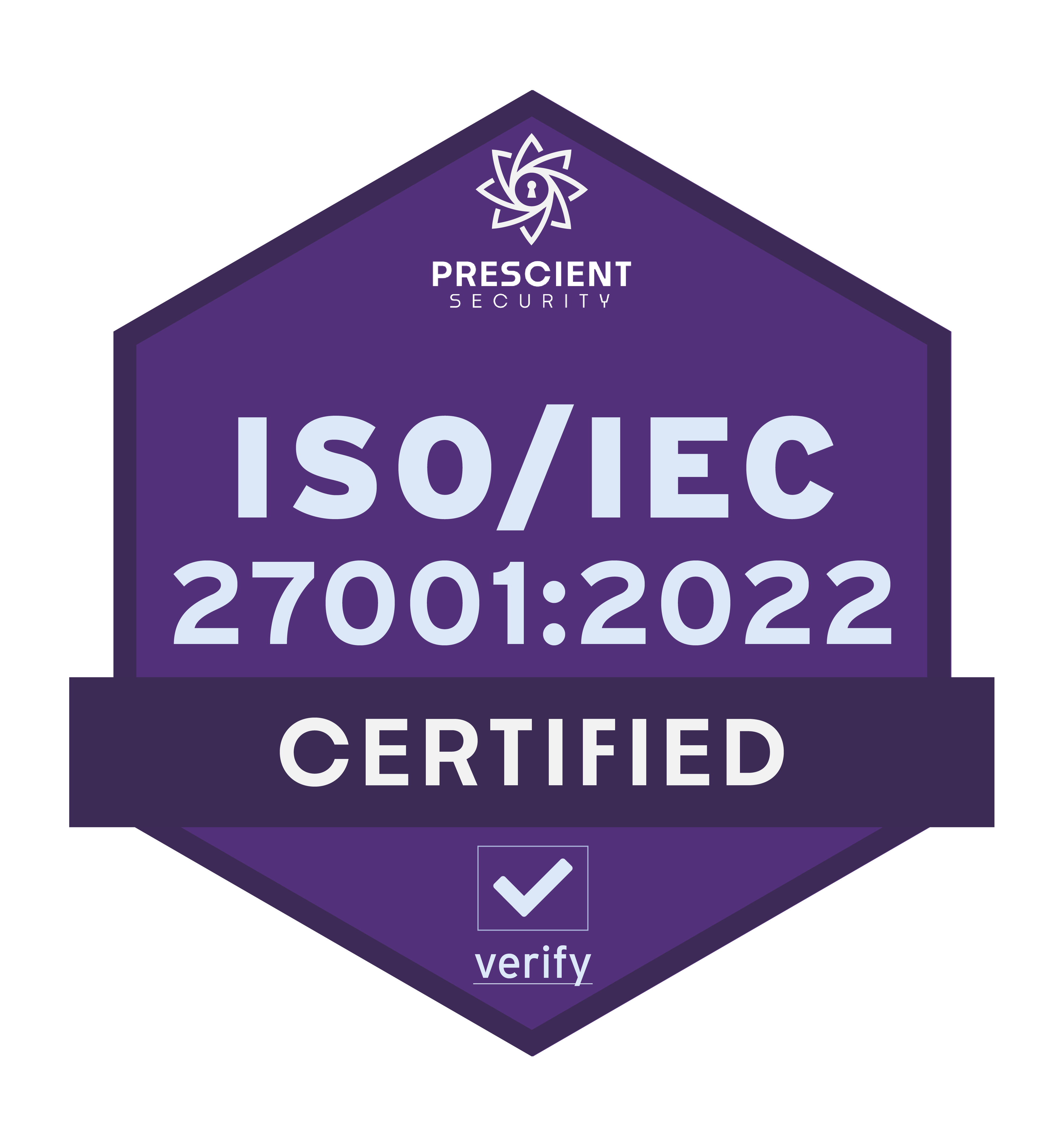Question
I have a grounding grid located in the top layer of a two-layer soil. The resistivity of the top layer is considerably larger than that of the bottom layer, although both are quite good (100 Ohm-m for the top layer, 15 Ohm-m for the bottom). I obtain a low grid impedance, but the touch voltages are still quite large. What is happening?
Answer
This type of soil model is quite difficult to work with. Since the top layer is much more resistive than the bottom layer, the earth potentials tend to drop abruptly at the edge of the grid, yielding large touch voltages there. With such a situation, you will probably have to add some metal to the grid to improve the situation.
If it is possible, the simplest way to improve on this is to add very long ground rods around the periphery of the grid. Ideally, the rods should penetrate some distance (1 or 2 meters) into the lower soil layer. You could compensate the extra metal by removing some rods in the midle of the grid, where they are not very effective.
If it isn't possible to drive ground rods this deep, you will have to consider adding another loop around the grid (and connect it to the grid). A technique that often works is to put this loop slightly deeper than the main grid. This allows the earth potentials to vary less abruptly at the edge of the grid, and can lead to smaller touch voltages.
No Related Articles Available.
No Attachments Available.
No Related Links Available.
No user comments available for this article.

